The bell rang, and you could tell something was off. Not in a bad way — just different.
Instead of the usual slow-paced chess match that defined traditional Muay Thai, the fighter in red trunks came out throwing rapid combinations: jab-cross–hook–low kick. No wai kru. No slow burn. Just pressure, angles, volume. It felt… Western.
The crowd at Rajadamnern was unsure how to react. The pace was faster. The footwork? Unorthodox. The fighter’s guard was high and tight — more boxing than Thai. It didn’t look wrong, but it didn’t look like the Thailand we were used to either.
That was years ago, but it marked a shift. Because whether purists like it or not, Dutch kickboxing changed the rhythm of modern Muay Thai.
Wait, What Is Dutch Kickboxing Anyway?
Let’s clear this up first — Dutch kickboxing isn’t just kickboxing from the Netherlands. It’s a specific, aggressive style developed in the 1970s and ’80s by Dutch pioneers like Jan Plas, Rob Kaman, and later Ernesto Hoost and Ramon Dekkers. They blended Kyokushin karate, boxing, and Muay Thai into something uniquely brutal — think high-volume punch-kick combinations, tight guards, and relentless pressure.
Where traditional Muay Thai is rhythmic, reactive, and steeped in scoring nuance (kicks score more than punches, balance matters, etc.), Dutch-style kickboxing is more forward-driven. It’s about breaking the opponent down, round by round. Less “art of eight limbs,” more “storm of limbs.” And it works.
Ramon Dekkers: The Dutch Tornado That Shook Thailand
No article on this topic is complete without mentioning Ramon Dekkers, a man who didn’t just influence Thai fighters; he forced the sport to evolve.
In the early ‘90s, Dekkers stepped into the ring against some of the best Thai fighters in their own backyard. Sometimes he won, sometimes he lost, but he always brought the fight. His low kicks were punishing, his boxing sharp, and his pace relentless. Thai audiences had never seen anything like him.
He didn’t fight for points. He fought to finish. And while traditionalists pushed back at first, many in Thailand took notes, especially the younger generation coming up through the ranks.
What Did Muay Thai Fighters Borrow From The Dutch?
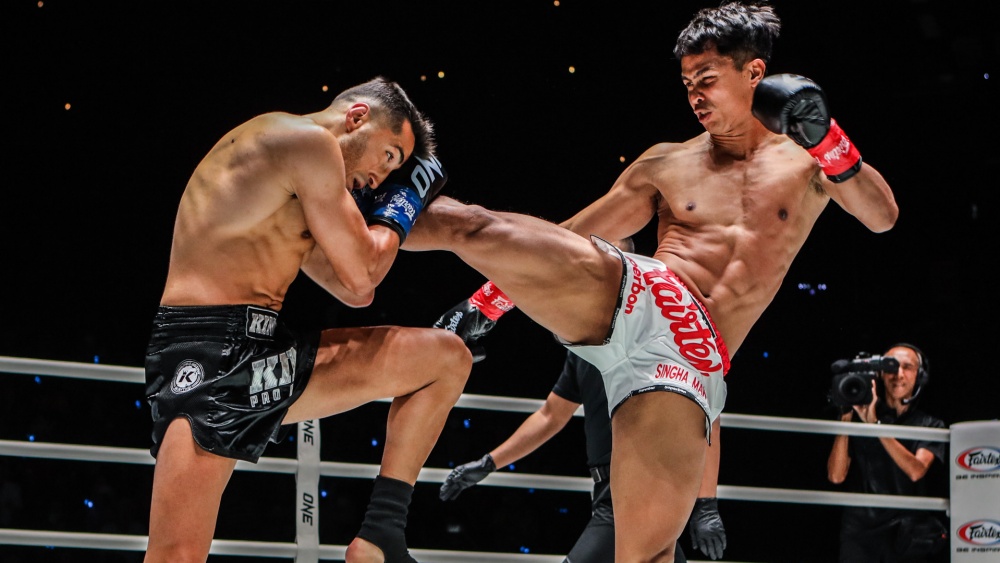
Modern Muay Thai is a global hybrid, with top fighters blending Dutch-style combos, boxing flow, and forward pressure into traditional Thai techniques.
Today’s top Muay Thai fighters, especially those competing in international formats like ONE Championship don’t train in a vacuum. The sport is global, and the best fighters are tactical magpies, stealing the best bits from every style.
Here’s What Dutch Kickboxing Added To The Mix:
- High-Volume Combinations: Instead of one or two strikes at a time, modern fighters throw 4–6 strike flurries. Think: jab–cross–hook–low kick–body shot–head kick, not thrown just once, but over and over to break down your defense.
- Boxing-Centric Flow: You see tighter, more compact boxing techniques combined with head movement and angles that used to be rare in Thai gyms.
- Leg Kick Emphasis: While Muay Thai has always had leg kicks, the Dutch style emphasized them in sequences, not as standalone strikes, but as finishers to combos.
- Forward Pressure Fighting: Fighters like Nong-O, Superbon, and Rodtang (in their more aggressive fights) all reflect elements of this: walk-forward aggression, inside boxing, cut-off footwork.
And it’s not just Thailand adapting , it’s a two-way exchange. Western fighters now train in Thailand more than ever, blending their Dutch or K-1 roots with traditional Thai mechanics. A deadly combination indeed.
A Clash Of Cultures That Created A Hybrid Beast
What you’re seeing now isn’t Dutch vs Thai. It’s both. The best modern strikers blur the line. They clinch like Thais, box like Dutchmen, kick like savages, and bounce between rule sets.
Fighters like Tukkatatong Petpayathai, Sagetdao Petpayathai, and others from Evolve MMA, many of whom compete in under ONE Championship’s Muay Thai rules, have had to adapt to both styles. It is no longer just about scoring well in Thailand. It is about versatility. And honestly? The sport is better for it.
What This Means For You (Yes, You — The One Reading This On The Fence About Training)
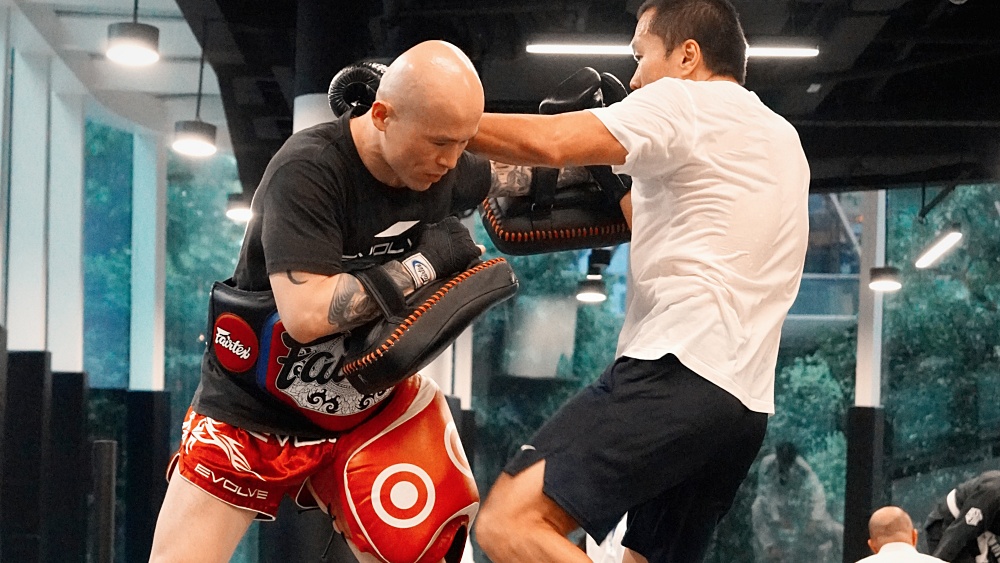
Modern Muay Thai lets you blend tradition with versatility—mix Thai rhythm with Dutch combos and adapt your style from day one.
You don’t need to be a purist to start training Muay Thai. You don’t even need to pick a side.
The modern fighter and by extension, the modern student can take the best of both worlds.
- Want the tradition, rhythm, and flow of Thai-style Muay Thai? It’s there.
- Want to throw rapid-fire combos and box like a Dutch kickboxer? Also there.
- Want to move between both depending on your opponent, your goals, or your mood? Now we’re talking.
This hybridization isn’t just happening in the ring. It’s happening in gyms, in classes, and in how people learn to move from day one.
Muay Thai’s Future Isn’t Just Thai — It’s Global
The beauty of Muay Thai isn’t just in its history. It’s in its ability to evolve without losing its soul. What started in the battlefields of Siam, sharpened in Bangkok stadiums, and challenged by Dutch storm-bringers like Dekkers… is now a global art form. Fighters learn from each other. Styles blend. Footwork gets sharper. Hands get faster. And whether you’re throwing your first jab or your 10,000th low kick, you’re part of that evolution too.
You may also like:
Johan Ghazali: The Teenage Prodigy Ready For A Comeback In ONE Championship
When ONE Championship relaunched fights at Lumpinee Stadium under the Friday Night Fights banner, it wasn’t just reviving a legendary venue, it was redefining what it meant to “make it” in Muay Thai. No longer…
Teen Muay Thai sensation Johan Ghazali may be facing adversity, but his journey is far from over. Here’s why his youth, talent, and experience in the world’s toughest arena means that his comeback could be…
High-intensity interval training (HIIT) alternates all-out efforts with brief rest or low-intensity periods. Unlike steady-state cardio, HIIT exercises, martial arts such as Muay Thai, and some aspects of BJJ, pushes you into anaerobic zones. Think…
Feeling a little anxious heading into your first sparring session in martial arts is perfectly normal. You’ve never had the chance to test your skills against resisting opponents, and you’re unsure about how well you’ll…
In striking arts, size and reach are important tools, but they don’t guarantee success. When facing a smaller opponent, the challenge often lies in their speed, mobility, and ability to slip into range before you…
Every Muay Thai fighter will eventually face opponents who present unique challenges based on size, style, and temperament. Two particularly difficult matchups are the smaller opponent and the aggressive opponent. Each one requires a different…
Ask most practitioners at any Brazilian Jiu-Jitsu gym, and you’ll hear the usual: triangle, armbar, rear naked choke. Proven over time, because effectiveness never goes out of style. But here’s the thing: most experienced grapplers…
Following the success of ONE 172, fight fans in Japan and around the world are hungry for more action. From lightning-fast knockouts by Muay Thai icon Rodtang Jitmuangnon to high-level MMA finishes by Japan’s own…
Grappling in the United States has grown from something niche into one of the strongest and most creative scenes in the world. What started with the early spread of Brazilian Jiu-Jitsu and a strong wrestling…
It usually starts as a joke. You’re in boxing class, working the pads, and the coach calls out, “Alright, switch stance!” You awkwardly shift your right foot forward. You feel like a baby deer. Nothing…
Martial arts training is a powerful mind-body practice that offers numerous mental benefits, including increased focus, reduced anxiety, and enhanced self-esteem, as well as physical benefits such as improved cardiovascular health, flexibility, and functional strength….
Training in Singapore is a whole different beast. If you’ve just moved here or recently started your Muay Thai, Brazilian Jiu-Jitsu, or boxing journey, you’ve probably already felt it. The moment you step outside, the…


![[WATCH] Virat Kohli opens up on fondness for Chinnaswamy Stadium](https://lbsports88.com/wp-content/uploads/2025/11/watch-virat-kohli-opens-up-on-fondness-for-chinnaswamy-stadium-360x180.jpg)



![[WATCH] IND vs SA 2025: Rishabh Pant vents frustration at Kuldeep Yadav for slow over-rate warning](https://lbsports88.com/wp-content/uploads/2025/11/watch-ind-vs-sa-2025-rishabh-pant-vents-frustration-at-kuldeep-yadav-for-slow-over-rate-warning-360x180.jpg)


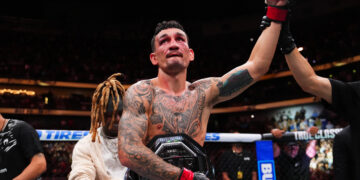
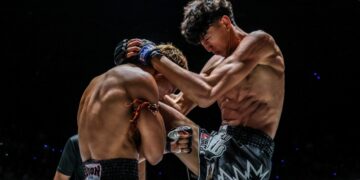
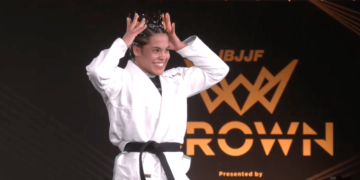

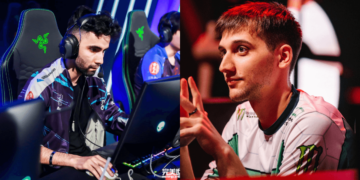

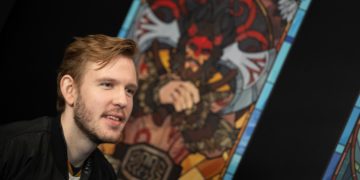















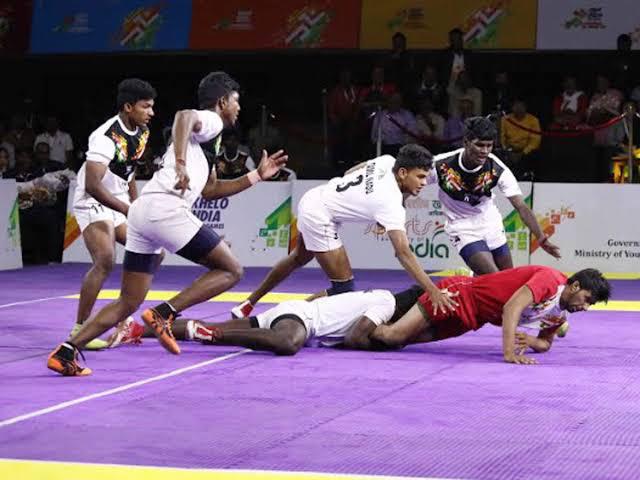
![[WATCH] Virat Kohli opens up on fondness for Chinnaswamy Stadium](https://lbsports88.com/wp-content/uploads/2025/11/watch-virat-kohli-opens-up-on-fondness-for-chinnaswamy-stadium-120x86.jpg)



![[WATCH] Virat Kohli opens up on fondness for Chinnaswamy Stadium](https://lbsports88.com/wp-content/uploads/2025/11/watch-virat-kohli-opens-up-on-fondness-for-chinnaswamy-stadium-350x250.jpg)